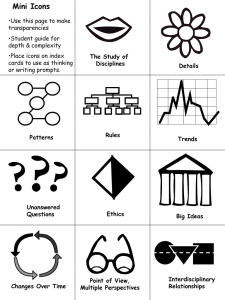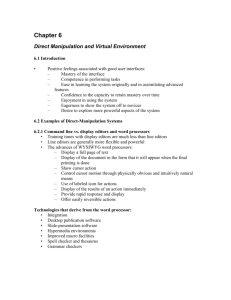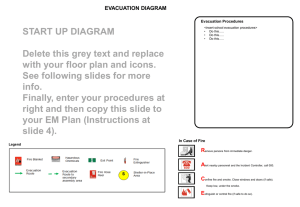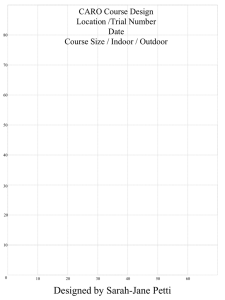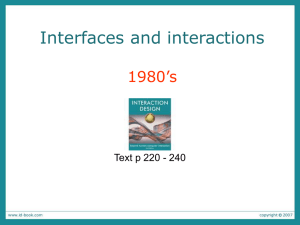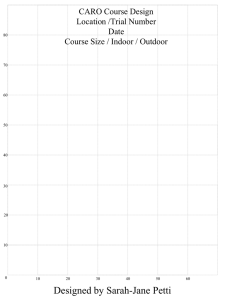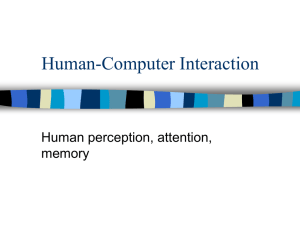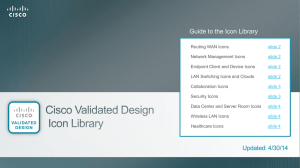Iconography Powerpoint
advertisement
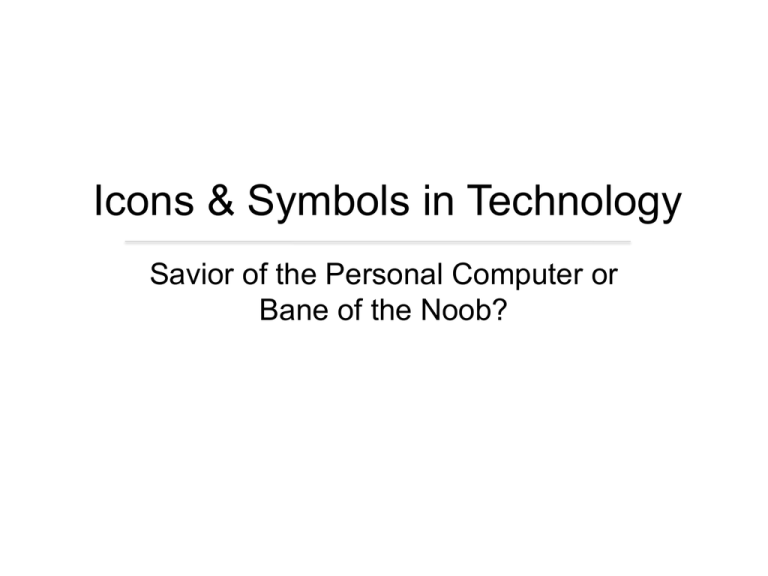
Icons & Symbols in Technology Savior of the Personal Computer or Bane of the Noob? A Brief History of Icons Originates from the Greek word εἰκών eikōn meaning "image” though modern usage is in the sense of a figurative symbol. (Iconography is ‘image writing’ in the Greek) Traditionally icons are associated with the religious artwork of Eastern Orthodox Christianity and Catholicism Icons was introduced to computers with the development of the Graphical User Interface (GUI) by the Xerox Palo Alto Research Center (PARC) in the 1970s The first GUI-driven PC, the Xerox Star, was introduced in 1981 with the first ‘desktop’ and the WIMP (Windows, Icons, Menus & Pointers) interface The GUI including its icons was popularized by the Apple Macintosh and Microsoft Windows operating environments Icons can contribute greatly to the clarity and attractiveness of an application. The use of icons also makes it much easier to translate programs into other languages. Whenever an explanation or label is needed, consider using an icon instead of text. Apple Computer 1985, p. I-32 via The Humane Interface Is it intuitive? How realistic is too realistic? Does this metaphor work? How important is labeling? Are our customers going to use it? Instead of icons explaining, we have found that icons often require explanation. The Humane Interface Icons Labels Realistic details can get in the way of what you’re trying to communicate to your users. Lukas Mathis, “Realism in UI Design” Image from “Realism in UI Design” The interface presents an icon, but the meaning of the icon is not visible, or it may give the wrong message to someone for whom the graphic is unfamiliar or has a different interpretation. For example, an icon that shows the palm of an upraised hand indicates ‘halt’ in the United States but signifies “Here’s excrement in your face” in Greece. The Humane Interface What are icons good for then? They can aid both scanning and orientation. Icons facilitate the user’s ability to learn, understand and remember functional elements of the site. They potentially increase the clickable area of a navigation option. Questions?
